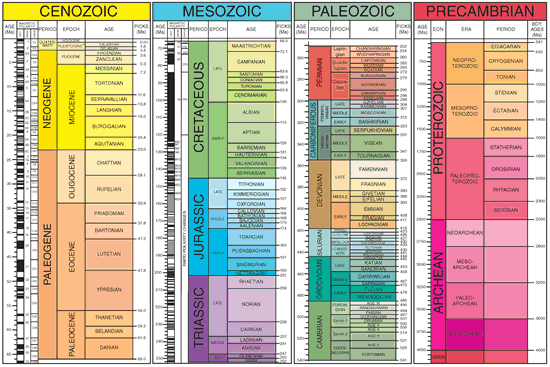_Peppered_Moth_(Biston_betularia)_-_Flickr_-_Bennyboymothman.jpg/640px-(1931)_Peppered_Moth_(Biston_betularia)_-_Flickr_-_Bennyboymothman.jpg) |
| Image Source: https://goo.gl/HVMaUY |
Summary:
The peppered moth is a great example of survival of the fittest at its finest. The time where natural selection is demonstrated with these species of moths dates back to the pre to post Industrial revolution. During the pre-industrial revolution, there were two types of peppered moths, white peppered moths and dark peppered moths. However, due to the fact that the trees that they inhabited were white, the white moths were able to blend from predators which meant that they were able to survive long enough to mate and pass on the white body trait to future generations. However, during the Industrial revolutions, coal emissions became much more common, making the once white trees now dark. This allowed the dark moths that used to be less prevalent than the white moths blend in with the environment more and hide more effectively from predators. This change made white moths less prevalent while making dark moths more prevalent. By the end of the Industrial Revolution, the rate of coal consumed died down making the trees turn back to white and making the white moth population recover.
SP4 - Analyzing and Interpreting Data:
This week I graphed out the populations of both white and dark moths in the span of 10 years twice. Each data set was a representation of a time before, during, or after the Industrial Revolution. The first data set showed the population of dark and light moths in the span of 10 years during the pre and mid Industrial Revolution. While graphing the data, I noticed that the once prevalent white moths slowly declined in population while the black moths thrived and increased in population. From this, I inferred that this must've taken place before to during the Industrial Revolution since this was before any of the pollution started. The second set of data showed a clear contrast to the first one. I saw that the thriving dark moth population slowly started to decrease just as the white moths did and the white moths slowly recovering. Since the dark moths were once thriving in the first data set, I concluded that this takes place during and after the Industrial Revolution since the population of dark moths was initially at its peak at that time and decreased over time, which alludes to when coal emissions decreased and the trees became whiter which gave the white moths opportunity to recover in population.


